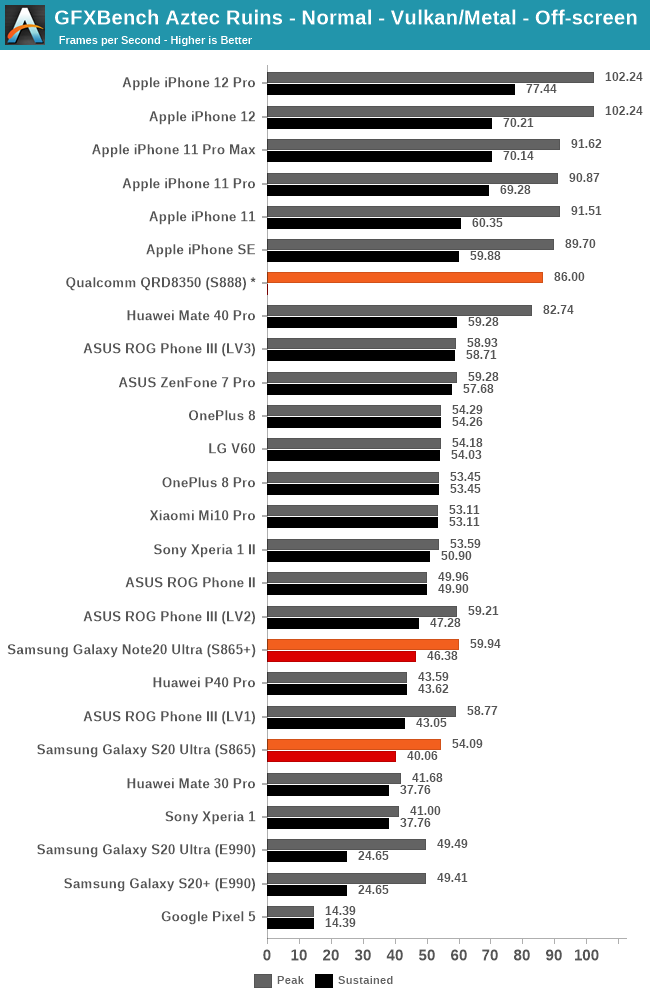SO far it’s looking good ... but
we do recall the leaked and introduction hype of Panther and the Power Mac G5 right?
BOth were supremely awesome ...
Well, the G5
was pretty good.
But IBM must have quickly realized what Motorola/Freescale already knew: it wasn't worth putting much effort into low-volume high-performance PowerPC CPUs. The early-'90s dream that they might supply CPUs for PCs that way was basically gone: Windows 2000 no longer ran on PowerPC (unlike Windows NT 4.0), BeOS and AmigaOS were going away, etc. That left… Apple, who hadn't quite yet recovered from its slump.
So Motorola/Freescale/NXP focused on the embedded market (which, it turns out, is better served by ARM, so they've since mostly moved over to that), and IBM focused on servers. Making desktop CPUs as a derivative from a server CPU is one thing; scaling it all the way down to a laptop is a whole other challenge. And IBM apparently wasn't willing or able to do so.
I'd love to know what the backroom meetings were like, though. Did IBM eventually say "oopsie daisies, we're not gonna fulfill our promise"? Presumably, they had to pay Apple some kind of contract violation fee?
Anyway, IBM's heart was apparently never quite in it.
yet the G5 in less than 1 year couldn’t compete with IntEl power management.
Well, to be fair, Intel was only starting to figure that out by then. They were actually still notorious for the Pentium 4, of which there were mobile variants as well, and… let's just say it wasn't efficient. At all.
It was only with the odd Pentium M series (Pentium III-derived) that things turned around. They must have shared a roadmap with Apple around 2004, saying "we can take the Pentium M, add additional CPU cores to it, and also scale it up to the desktop".
(Note that this was also just around the time that laptop sales started overtaking desktop sales. The Power Mac G5 was far less of a mainstream product than the early Power Mac G4s were, regardless of pricing.)
So how is today different?
Well, what's similar is that Intel has problems with performance per watt. That'll probably go away again to some extent. But also, unlike the situation in the late 1990s, where Apple
sort of had its own CPU architecture, together with IBM and Motorola (now Freescale/NXP), but were sort of a weird niche player who couldn't really dare make too many demands, they can
totally make demands now. The volume is there. They can apply the Tim Cook school of supply contracts, wherein they secure their destiny by buying up amounts of manufacturing capacity that others aren't willing to compete with.
Will there be future competing CPUs that are closer to Apple's Mx line? I think so. But regardless, Apple has shown for a good decade now that they're interested in driving their own CPU destiny forward, naysayers be damned, and I see no reason for them to change.




